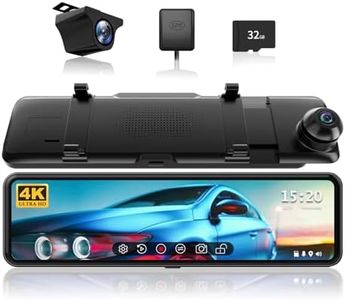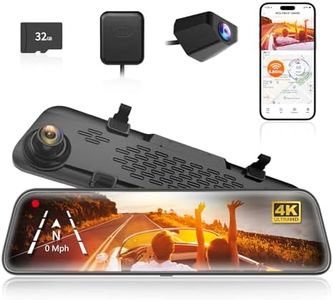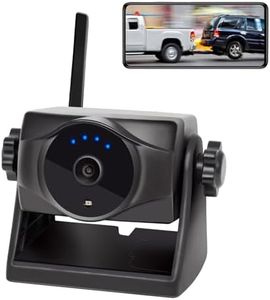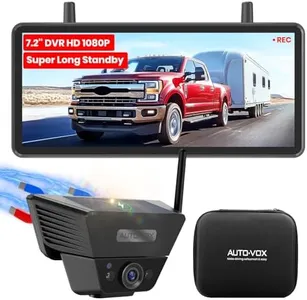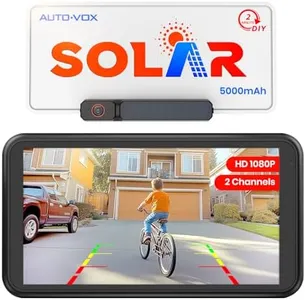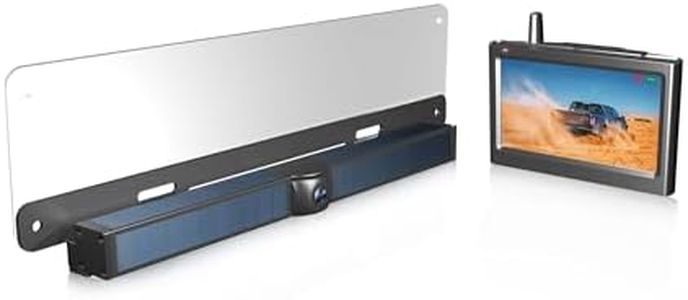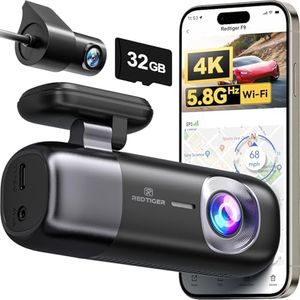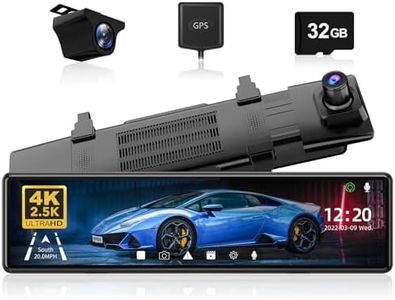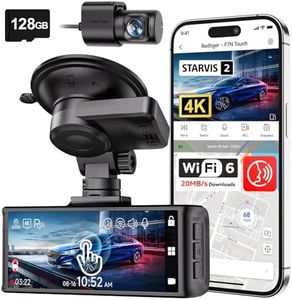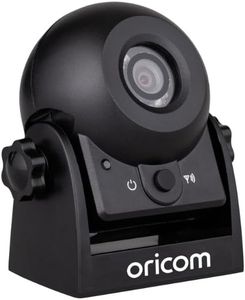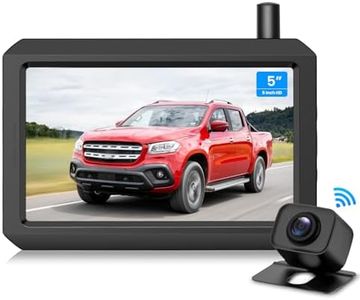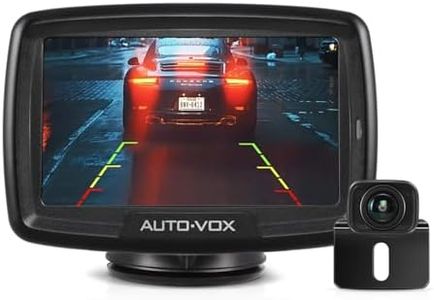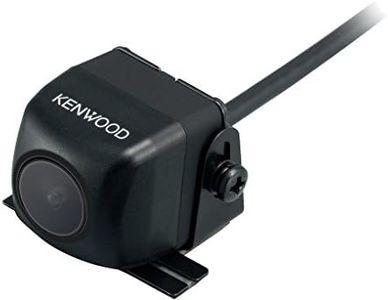We Use CookiesWe use cookies to enhance the security, performance,
functionality and for analytical and promotional activities. By continuing to browse this site you
are agreeing to our privacy policy
10 Best Reversing Cameras
From leading brands and best sellers available on the web.By clicking on a link to a third party's website, log data is shared with that third party.
Buying Guide for the Best Reversing Cameras
When shopping for a reversing camera for your vehicle, it's important to keep in mind that the right choice can make parking and reversing much safer and easier. The ideal camera should fit your car and be simple to use, while offering clear visuals and reliable performance, especially in various lighting and weather conditions. Understanding a few basic specifications will help you compare options and make a choice that meets your specific driving habits and environment.Camera ResolutionCamera resolution refers to how clear and detailed the camera's images will be. Higher resolutions mean sharper images, which help you spot potential obstacles more easily. Most reversing cameras offer standard definition (SD), high definition (HD), or even full HD and above. If you're mostly driving and parking in well-lit urban areas, SD might suffice. If you often reverse in tight spots or low-light environments, HD or higher resolution can provide crisper images for better visibility and safety. Think about where and how often you'll be relying on the camera to decide which level of clarity you need.
Field of View (FOV)Field of view measures how wide the camera can 'see' behind your vehicle. A wider field of view (measured in degrees) lets you see more of the area behind you, helping with spotting objects or pedestrians to the sides. Cameras typically range between 120° to 180° FOV. If you have a wide vehicle or want to minimize blind spots, opt for the higher end. For smaller vehicles or general reversing, a standard field of view usually does the job. Choose according to how much peripheral vision you want when backing up.
Night Vision CapabilityNight vision ensures the camera remains useful in low-light or nighttime conditions. This spec usually involves infrared LEDs or other low-light technologies. If you'll often park in poorly lit areas or drive at night, good night vision is essential for safety. Check for cameras that specifically mention strong night performance and look for user feedback about their effectiveness in real dark conditions.
Waterproof and Weather ResistanceSince reversing cameras are mounted outside, they must withstand rain, dust, and temperature changes. Weather resistance is usually indicated by an 'IP' rating (e.g., IP67), with higher numbers showing better protection. If you live in a region with extreme weather, prioritize strong waterproofing. For milder climates, basic weather resistance may suffice. Your local environment should guide how robust your camera needs to be.
Display Type and IntegrationThe display type determines how and where you see the camera's video feed. Options range from cameras with their own screens, to those that use your existing dashboard or mirror display. Some integrate with factory displays using special adapters. Decide whether you want a separate add-on screen, to replace your rearview mirror, or to connect with your car's built-in system. Your choice depends on your car's setup and your personal preference for keeping the dashboard uncluttered.
Guidelines and Parking Assist FeaturesMany reversing cameras provide on-screen guidelines that help you judge distances and steer more accurately. These may be fixed or move according to your steering wheel's position. Advanced models may offer features like obstacle alerts or even sensor integration. If you want extra help for precise parking or have difficulties with depth perception, cameras with dynamic or adjustable guidelines are especially helpful.
Installation TypeInstallation type refers to how and where the camera is mounted, such as on the license plate, bumper, or integrated directly into the vehicle. Some systems are wireless, while others require hardwiring. If you prefer a do-it-yourself project, look for wireless or easy-mount options. For a factory-like, seamless look or more reliable connection, a professionally installed, hardwired system might be worth considering, especially if you drive frequently or rely heavily on the camera for safety.
